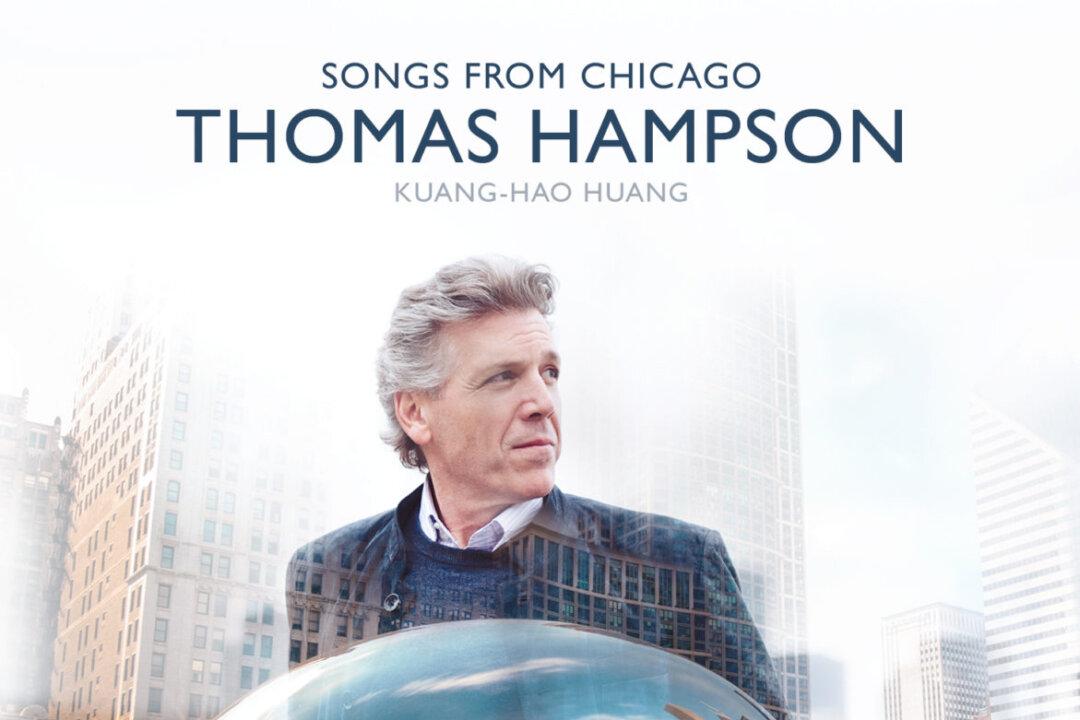KIEV, Ukraine—The house was almost sold out, with many families with small children in attendance—more than one would generally see at a Saturday night performance of a ballet in New York. The children were well behaved and, during the intermission, several young girls danced down the aisle, perhaps aspiring to be future ballerinas.
On a tour of the Ukraine, I was able to catch a performance of the ballet “La Dame aux Camélias” (“The Lady of the Camellias”), performed by the Opera and Ballet Theatre of Ukraine, a world class opera and ballet company. The company (the opera debuting in 1867 and the ballet in 1897) is located in Kiev, the Ukraine’s capital.
The dancing by the troupe confirms that they are still world class in classical technique.






